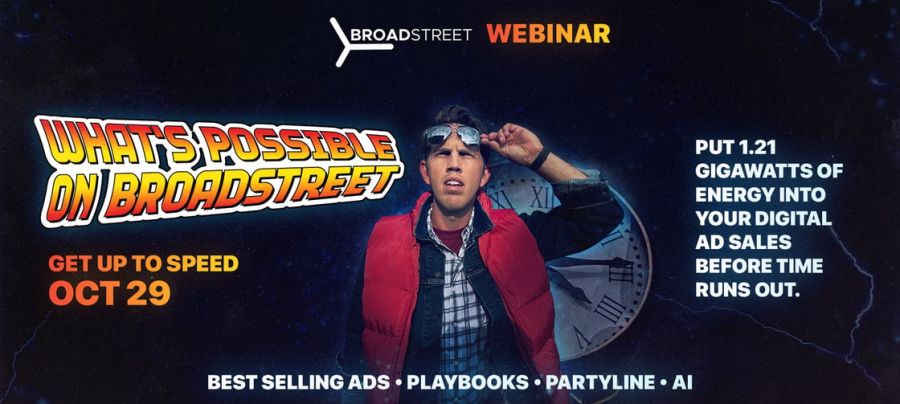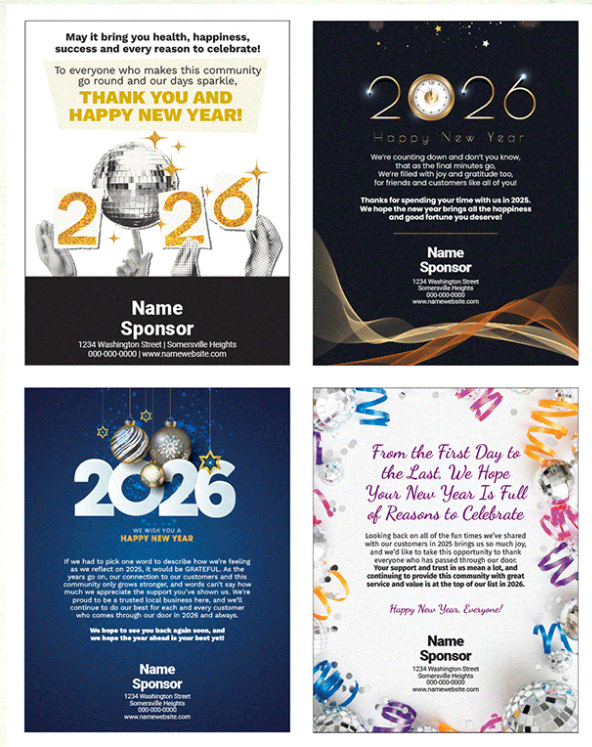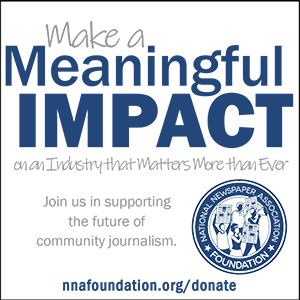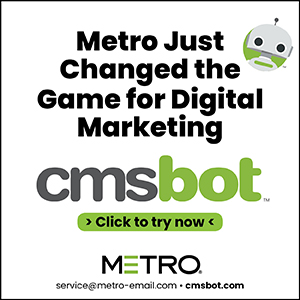Lessons from other advertising sources
John Foust
Jul 27, 2020

As a co-founder of Southwest Airlines, Herb Kelleher was focused on innovation and efficiency. According to legend, he once took his executive team to the Indianapolis 500 to study the pit crews. He wanted to see if some of their techniques could help Southwest’s ground crews reduce turnaround times at the gates.
Kelleher knew there was a lot to learn from outside sources. It’s the same in the newspaper industry. For example, let’s take a look at what can be learned from some other advertising vehicles.
1. Billboards: An outdoor sign has to grab attention immediately. As drivers pass by at highway speeds, it has one shot to attract readership. As a result, the words should be few (aim for eight words or less) and bold. And the graphic element should be big and simple.
Like billboards, newspaper ads should be easy to read at a glance.
2. Television/video: With the one-two punch of sight and sound, TV is tailor-made for the human side of storytelling. Customer testimonials are especially effective here. Newspaper advertisers can follow that example by featuring testimonials in online as well as print editions. That would strengthen campaign continuity.
3. Magazines: One of the most striking lessons from magazines is the way they use color. In addition to color photographs and illustrations, they usually feature a high percentage of four-color and spot color ads. In fact, color seems to be the price of admission to be noticed in many magazines.
4. Radio: It’s all about the right voice. If the tone, enunciation and pacing are not clear, the message will be lost. In the newspaper business, this translates to typography — which has been called “the voice of print.” If the type is difficult to read, even the most brilliantly written copy will be wasted.
5. Yellow Pages: The strength of Yellow Page advertising is in its directness and simplicity. There’s usually no doubt about what Company XYZ does because the book is categorized by business type. And consumers don’t have to go on a scavenger hunt to find phone numbers. After all, it’s a phone directory.
Newspaper advertisers would be wise to strive for this kind of clarity.
6. Point-of Purchase: Store displays are strategically placed to generate as much attention as possible. How many times have you gone into a store to buy Product A and ended up buying product B, too, because an aisle display caught your eye? And don’t forget impulse items like candy bars and mints at the checkout counter.
Urgency is a key factor in point-of-purchase sales. Newspaper advertisers can establish similar urgency with time-sensitive sales and product scarcity (i.e., “only six new homes left”).
7. Direct mail: “Target audience” is the key phrase here. A mail campaign can aim messages at accountants, real estate brokers or restaurant owners. While newspapers can’t target readers to that degree, they can strive to address ads to certain demographic groups in copy themes. And many can use zoned coverage to reach specific geographic areas. © John Foust 2020. All rights reserved.
John Foust has conducted training programs for thousands of newspaper advertising professionals. Many ad departments are using his training videos to save time and get quick results from in-house training. Email for information: john@johnfoust.com










